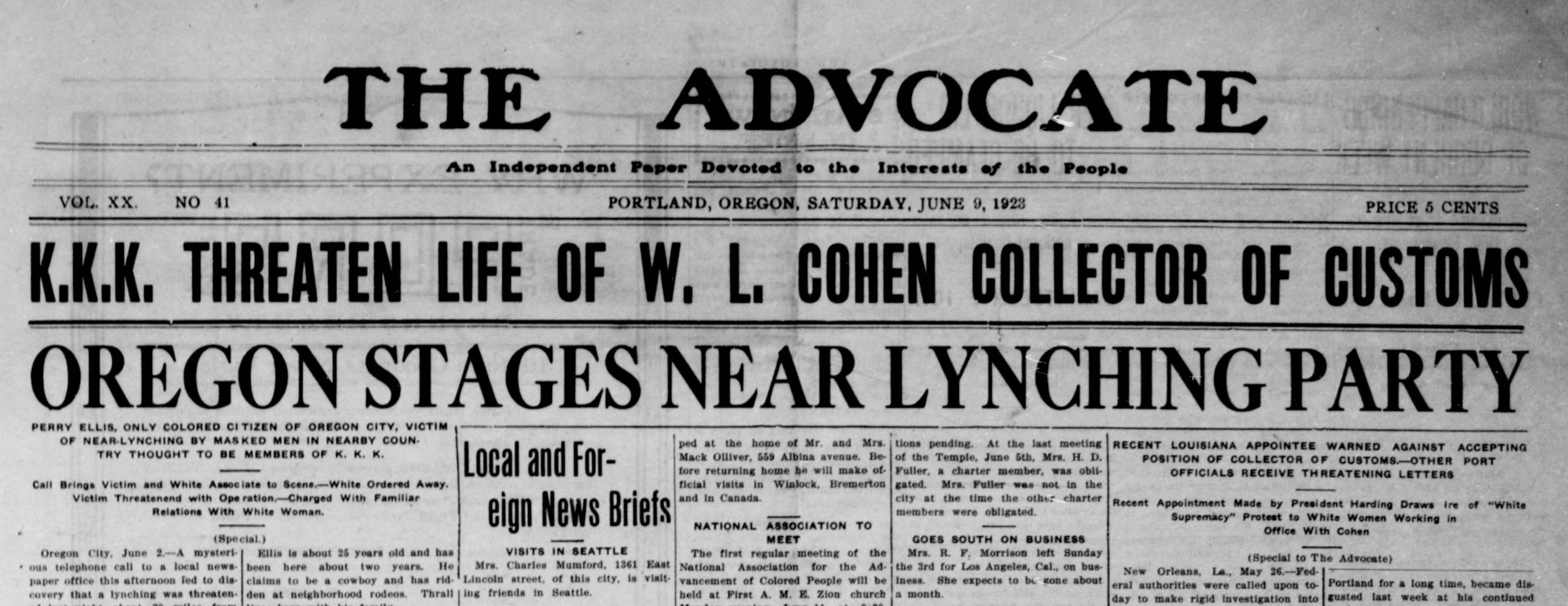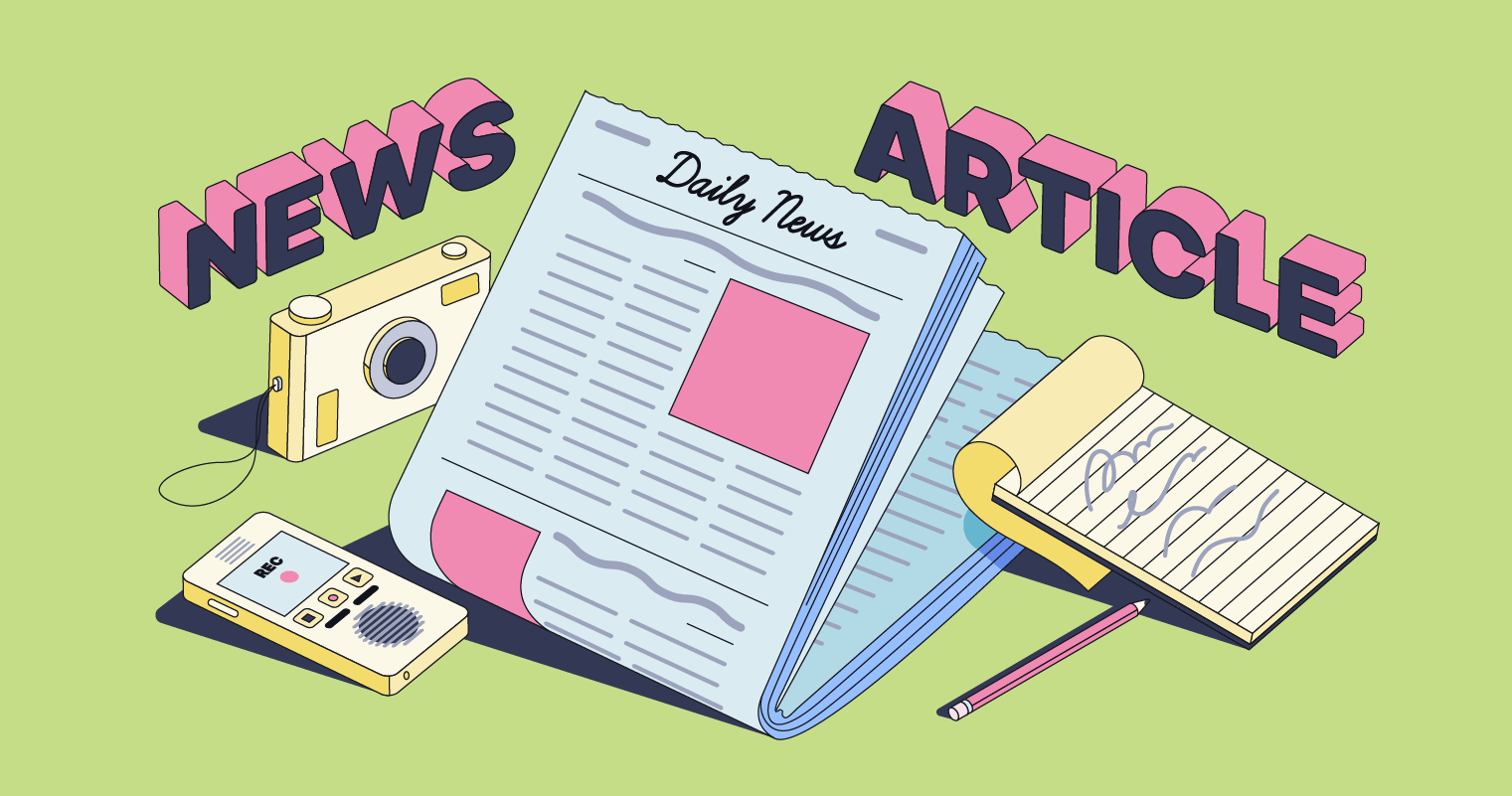6 Simple Techniques For News Articles
6 Simple Techniques For News Articles
Blog Article
The Buzz on News Articles
Table of ContentsThe 6-Second Trick For News ArticlesNews Articles - TruthsLittle Known Facts About News Articles.How News Articles can Save You Time, Stress, and Money.The Ultimate Guide To News Articles
Excellent expertise of different topics offers pupils an one-upmanship over their peers. Also though digital and social networks are readily easily accessible, we should not fail to remember how essential it is to review the papers. Moms and dads must try and instill the habit of checking out a paper as a daily regimen to proceed the legacy of the revered print medium.Newspaper article also consist of at the very least one of the following crucial characteristics about the desired target market: proximity, prominence, timeliness, human interest, oddity, or consequence. The associated term journalese is often made use of, usually pejoratively, to refer to news-style writing. Another is headlinese. Newspapers typically adhere to an expository writing style.
Within these restrictions, information stories also intend to be detailed. Among the bigger and a lot more reputable newspapers, justness and equilibrium is a major variable in offering details.
Papers with an international target market, for instance, tend to use a more formal design of writing. The certain choices made by an information outlet's editor or content board are frequently accumulated in a style guide; typical style guides include the and the US News Design Book. The main goals of information writing can be summarized by the ABCs of journalism: precision, brevity, and clearness.
Some Known Details About News Articles
Generally, reporters will certainly not make use of a lengthy word when a brief one will certainly do. They utilize subject-verb-object building and construction and vivid, active prose (see Grammar). They offer anecdotes, examples and allegories, and they hardly ever rely on generalizations or abstract concepts. News writers try to avoid using the same word greater than when in a paragraph (often called an "resemble" or "word mirror").
Nevertheless, headlines sometimes leave out the subject (e.g., "Jumps From Watercraft, Catches in Wheel") or verb (e.g., "Feline lady lucky"). A subhead (also subhed, sub-headline, subheading, caption, deck or dek) can be either a subservient title under the primary headline, or the heading of a subsection of the write-up. It is a heading that comes before the primary text, or a team of paragraphs of the main message.

Added signboards of any of these kinds may show up later in the post (especially on succeeding pages) to lure more reading. Such signboards are also utilized as pointers to the post in various other sections of the publication or site, or as advertisements for the piece in other magazine or sites. Regular structure with redirected here title, lead paragraph (summary in vibrant), various other paragraphs (details) and call information.

Example of a hard-lead paragraph NASA is proposing one more space job. The budget demands approximately $10 billion for the task.
The NASA announcement came as the firm requested $10 billion of appropriations for the task. An "off-lead" is the second most vital front page information of the day. The off-lead appears either in the leading left corner, or straight listed below the lead on the. To "bury the lead" is to start the article with history information or information of additional importance to the visitors, compeling them to find out more deeply right into a short article than they need to have to in order to find the essential points.
The 7-Minute Rule for News Articles
Typical use is that a person or 2 sentences each create their very own paragraph. Reporters usually describe the organization or framework of a news tale as an upside down pyramid. The essential and most interesting elements of a story are placed at the start, with supporting info following in order of decreasing significance.
It enables individuals to check out a topic to only the depth that their inquisitiveness takes them, and without the charge of details or nuances that they can take into consideration unnecessary, however still making that info available to more interested viewers. The upside down pyramid structure additionally makes it possible for posts to be trimmed to any approximate length throughout design, to fit in the room offered.
Some authors start their stories with the "1-2-3 lead", yet there are many kinds of lead offered. A twist can refer to several things: The last tale in the information broadcast; a "happy" story to end the show.
Longer short articles, such as publication cover short articles and the items that lead the inside areas of a paper, are referred to as. Attribute stories vary from straight information in a number of means. Foremost is the absence of a straight-news lead, the majority of the moment. Instead of using the essence of a tale in advance, visit this site right here function authors might attempt to draw viewers in.
Examine This Report on News Articles
The journalist typically information communications with meeting topics, making the piece extra individual. An attribute's first paragraphs typically associate a fascinating minute or occasion, as in an "unscientific lead". From the details of an individual or episode, its view rapidly expands to abstract principles regarding the story's subject. The section that signals what an attribute is around is called the or signboard.

The Editor's Toolbox: A Reference Overview for Beginners and Professionals (2001) Allan M. Siegal and William G. Connolly. The New York Times Guidebook of Style and Usage: The Authorities Style Guide Utilized by the Writers and Editors of the Globe's Many Reliable Paper (2002) M. L. Stein, Susan Paterno, and R.
Report this page